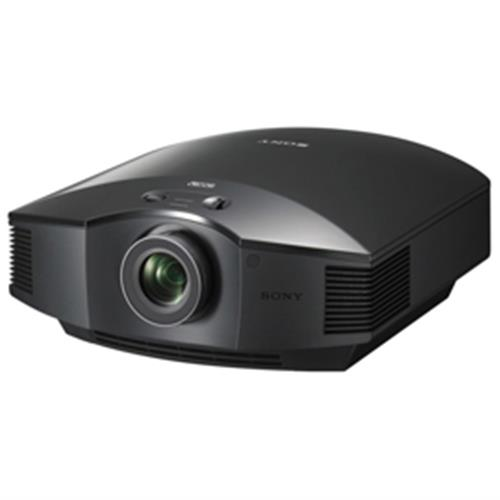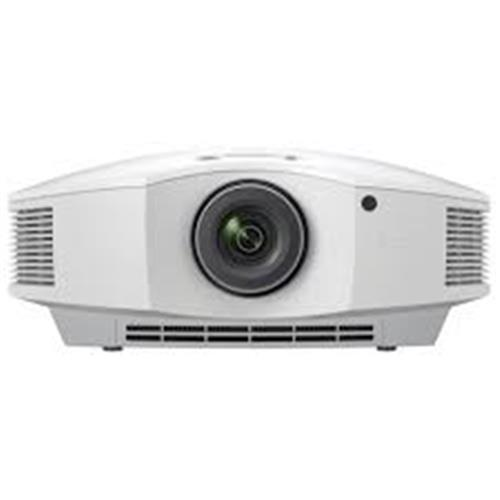This topic has been covered in all its glorious intricacy by best minds in organizations like SMPTE, CTA, ISF, & CEDIA. This version is for the consumer to gain a basic understanding to build from.
To understand Black-White levels of contrast, here are 3 characteristics of any perceived colour that you should know.
- Colour Saturation: This is the intensity of a colour. Think of a glass cup full of red paint and how it gets lighter with every drop of water you use to dilute it. The colour is lighter because the colour saturation is lower. The colour is fuller when colour saturation is higher.
- Hue: This represents the full range of colours that can be seen. This incorporates the full Red, Orange, Yellow, Green, Blue, Indigo, and Violet colour spectrum.
- Luminance: The measured presence from the black-white dynamic range that occurs with a measured point of colour. It determines the brightness or darkness of an image. This is broken down to Tint (adding white to the colour) and Shade (adding black to the colour).

Black Level Dynamic Range
Fig. 1: Black level dynamic range is simply the full range between the whitest white (where RGB occurs in the same saturation level) and the blackest black (where no colour saturation exists at all).
There is often confusion between the definition between the word “Contrast” and “Black-White Dynamic Range “(aka. “Black Levels” – See fig. 1)”. While contrast can describe how lighter and darker portions of an image differentiate from one another, that’s only part of the story. Although, black-level dynamic range can enhance contrast, the same can be said about varying levels of colour saturation whereas a more deeply saturated colour will “contrast” with a lesser saturated colour in the same spectrum. (See fig. 2.)
Dynamic Range incorporates the points of measurement between the purest white and the deepest black that you can achieve with the equipment you have. Interestingly enough, this is the most important element of picture calibration. The reason for this is that the human eye sees detail in black and white.
Colour perception is merely a further visual enhancement but without dynamic range, it is impossible for your eyes to see the various textures and details in imagery occurring at either the lighter or darker ends of this particular spectrum. This is also frequently referred to as “Black Levels”.
Keep in mind that true black is not an actual colour but the mere absence of any light in the spectrum. For this reason, a video image can never be truly “black”; it can only present a minimal presence in colour.

Color Contrast
Fig. 2: Color Contrast shows the difference in color intensity or color saturation. The measurements are from the maximum possible saturation of 255 integers as seen on an 8-Bit computer program that we are using here for simplicity.
*Top text = high (238) saturation
*Background = med.(152) saturation
*Bottom text = low (75) saturation
All 3-colors share the same Hue (236) and Luminance or black-white (125) integers.
The human brain interprets all its perceived colour signals in Red, Green, and Blue or (RGB). It is from these three colours that the human brain interprets the various hues or ROYGBIV (red, orange, yellow, green, blue, indigo, & violet) based on the varying levels of RGB present to create any given colour.
In summary, while it’s easy to tell different colours apart from one another, there is more to the story about contrast than just black and white. The intensity of colour matters just as much.
These concepts are particularly relevant when defining a Home Theatre Projector. So, considering all of above, what are our recommended models?:

SONY VPLHW45ESB: is packed with technology developed for our professional Digital Cinema projectors, including SXRD panels and our own Advanced Reality Creation upscaling technology for fabulously detailed Full HD images. Generous 1,800 lumens brightness ensures that films and TV shows look clear and sharp, even in daylit living rooms.

SONY VPLHW65W: With quiet fan noise that won't disturb the show and a front-facing exhaust port for extra installation flexibility. The projector's lamp is extra-long lasting for a generous 6000 hours of operation.
Get in touch with us to get a special promotion of a free PlayStation-4 with any SONY VPLHW65W purchase (T&C Apply)
T&C: Promotion valid until stock last.
Source: Dave Rodgers (Marketing Manager of Elite Screens Inc.), Elite Screens